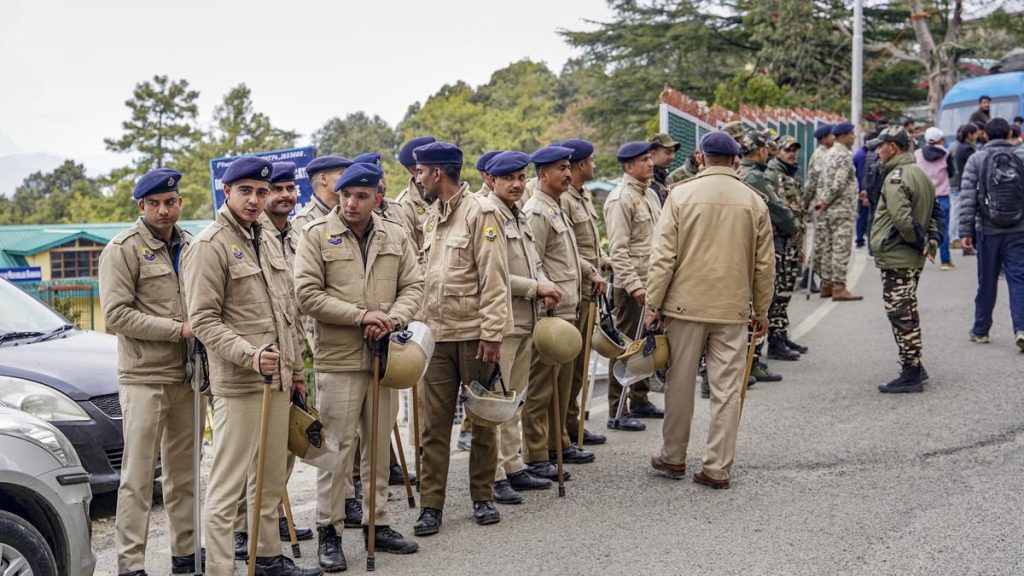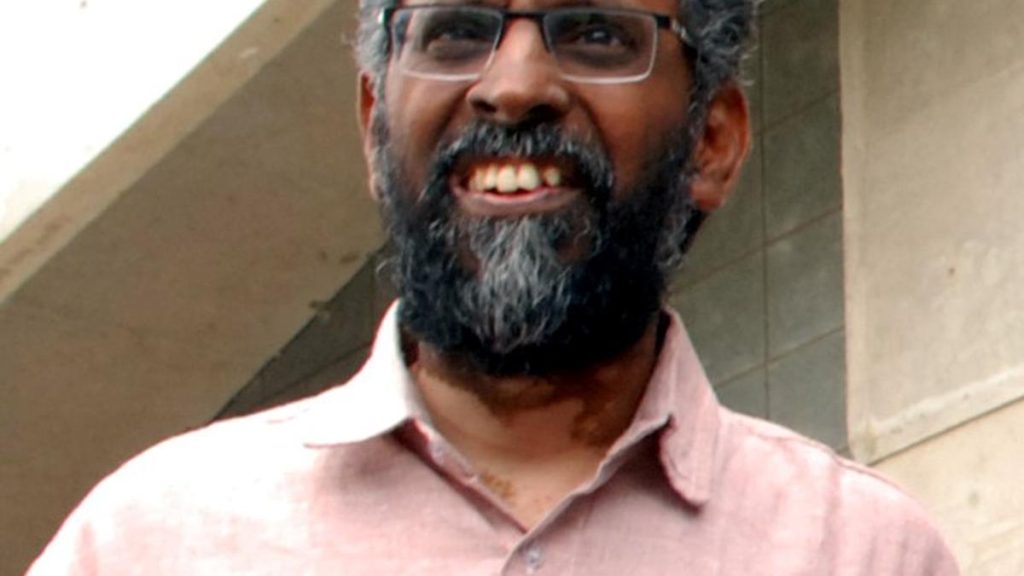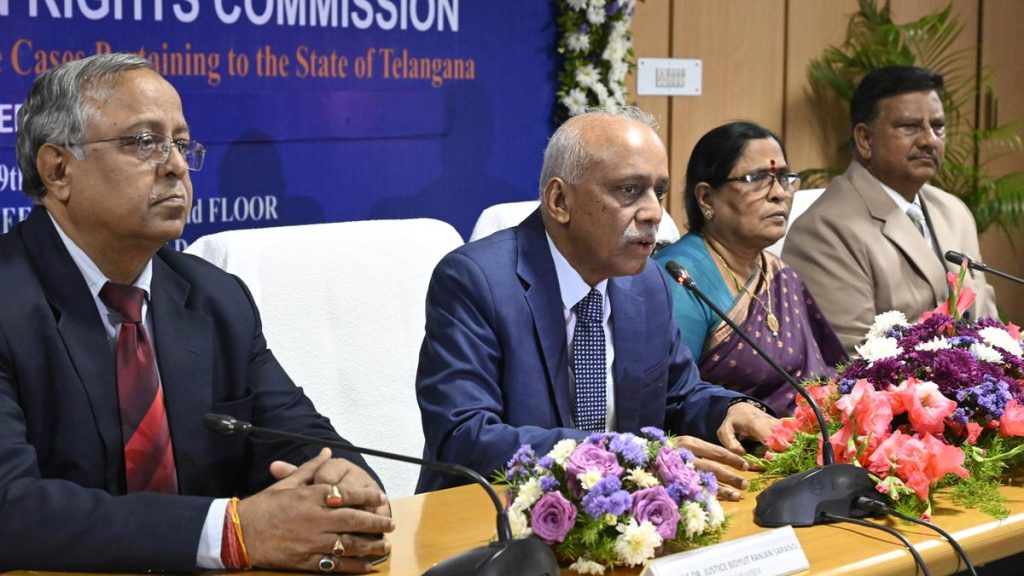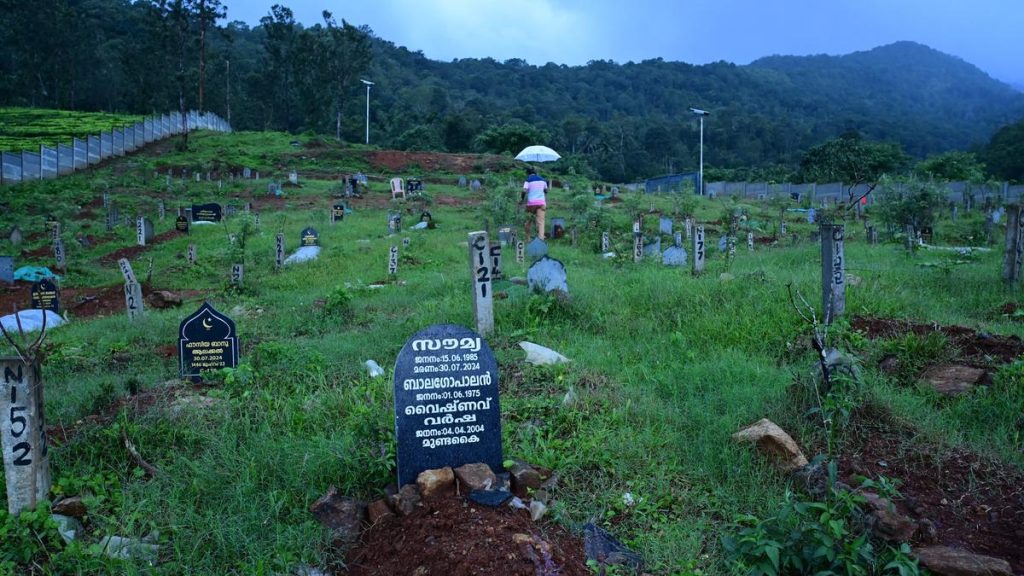Now Reading: West Bengal Yet to Clear DA Dues Three Months After SC Order
-
01
West Bengal Yet to Clear DA Dues Three Months After SC Order
West Bengal Yet to Clear DA Dues Three Months After SC Order
Rapid Summary
- West Bengal government employees marched to teh Nabanna (State Secretariat) on July 28, demanding pending Dearness Allowance (DA) payments in accordance with a Supreme Court order from May 16, wich mandated partial payment within six weeks.
- The state government sought a six-month extension for DA payment, citing financial constraints; unions estimate the arrears will cost over ₹10,000 crore.
- Protestors also demanded job opportunities for unemployed youth, filling of an estimated 6 lakh vacant state government posts, adn justice regarding corruption and non-payment of wages.
- Hundreds from activist groups gathered despite police blockades and denials of permission. Police cited a High Court ruling restricting specific protest zones but allowed rerouting.
- Unemployed teachers and temporary workers joined the protest demanding salaries, permanent roles, and job security amid heavy rain and significant police deployment near the protest site.
- Current DA disparity: Central government employees receive 55%, while west Bengal staffers get just 18%.
Indian Opinion Analysis
The protests underscore growing discontent in West Bengal over wage disparities and delayed payments against an already challenging economic backdrop. The state’s appeal for more time reflects financial strain but risks alienating its workforce further by not complying with Supreme Court directives. Large-scale unemployment intensifies public frustration as unfilled vacancies underline systemic inefficiencies possibly hampering governance.
While heavy-handed crowd control measures may ensure immediate orderliness during demonstrations like these, they fail to address root causes-gaps in fiscal policy execution or responsive labor management systems.Resolving such tensions through negotiation rather then confrontation could reinforce trust between the management and citizens without destabilizing progress priorities.
Read more: The Hindu Article

























